Performing Arts
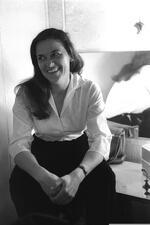
Orna Porat
Orna Porat was a leading actor at the Cameri Theater who also performed at the Habimah, the Beer-Sheva Municipal Theater, Beit Lessin, and the Yiddish Theater. After immigrating to Israel from Germany, Porat struggled to learn Hebrew and break into the theater world, but ultimately she was successful. She is known for serving on the Cameri’s administrative board and founding the Cameri Children’s Theater.
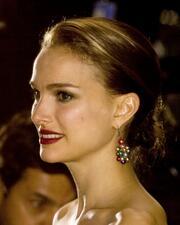
Natalie Portman
Natalie Portman is an actress and activist who takes pride in her acting roles as a reflection of her activism. Her ultimate goal is to raise awareness of the role and importance of women.
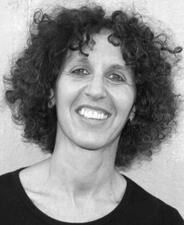
Linda Rabin
Linda Rabins’s education and career as a dancer, teacher, and choreographer was global and eclectic, making her a unique dance artist. She has studied dance, healing arts, and somatic education all over the world from Israel, Japan, to Canada. She is known for co-founding and co-directing the Linda Rabin Danse Moderne in Montréal, which evolved into Les Ateliers de Danse Moderne de Montréal (LADMMI).
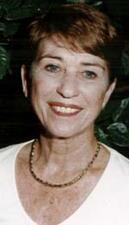
Daniella Rabinovich
Following decades of intensive work in management of Israeli music institutions, Daniella Rabinovich became a leading figure in the field in Tel Aviv in the 1980s and 1990s, serving as director of the Tel Aviv Conservatory.

Alicia Jo Rabins
With her indie rock song cycle Girls in Trouble, musician Alicia Jo Rabins has reinterpreted the women of the Bible for a modern audience.
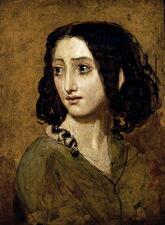
Rachel (Eliza Rachel Felix)
One of the most famous Jews in nineteenth-century France, the actress Rachel was celebrated for her unparalleled talent and is credited with reviving classical French tragedies in the era of Romanticism. Throughout her life, she remained faithful to her family and Judaism. Rachel was unusually adept at managing her career, and she became an international star on foreign tours.
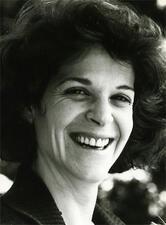
Gilda Radner
A gifted comedian, Gilda Radner made a name for herself as one of the original cast members of Saturday Night Live. Throughout her comedic career, she often drew inspiration from her Jewish upbringing, thereby achieving a significant breakthrough in Jewish women’s visibility on television.
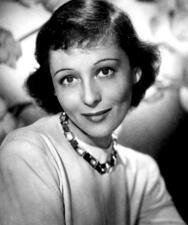
Luise Rainer
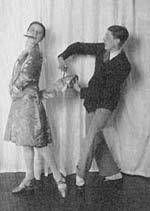
Marie Rambert
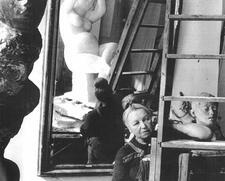
Antonietta Raphaël
Painting and sculptor Antonietta Raphaël rose to fame in the 1950s. Her paintings were seen for the first time in Rome in 1929; during World War II, she took up sculpting, and in the 1950s, she rose to prominence and exhibited her works worldwide.
Judith Raskin
An operatic soprano, Judith Raskin was one of the most outstanding musical artists of the twentieth century. Known for her performances and unique teaching methods, Raskin played more than 60 roles for prestigious opera companies across the United States, sang lieder and orchestral works, and taught at the Manhattan School of Music and the 92nd Street Y.
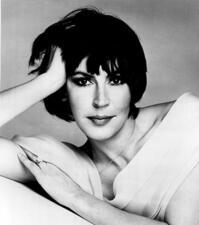
Helen Reddy
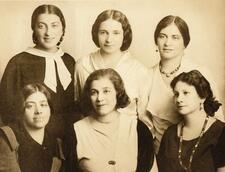
Sarah Reisen
Sarah Reisen was both a gifted Yiddish writer in her own right and a respected translator of great literature into Yiddish for children and adults. Recognized by contemporaries for her humane literary sensibility, she brought to Yiddish literature not only her own creative works but also her translations, which introduced readers of all ages to world literature.
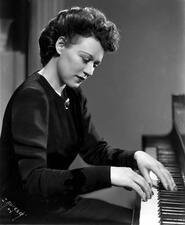
Nadia Reisenberg
Whether recording a Brahms sonata with clarinetist Benny Goodman, enjoying her three grandsons, or giving a master class in Jerusalem, pianist Nadia Reisenberg’s joy in relationships radiated from her. Reisenberg used her talents to connect with others, from her acclaimed performances with her sister to her years of training musicians in New York and Jerusalem.
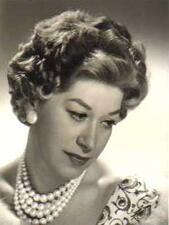
Regina Resnik
Regina Resnik, world-famous opera singer and leading lady at New York’s Metropolitan Opera House, reinvented herself multiple times in her career, taking on unexpected new roles. She toured through the United States and internationally before her first performance at the Met in 1944 and becoming the Met’s leading soprano. In the 1970s she successfully began directing operas.
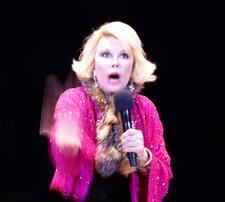
Joan Rivers
In revues, nightclub acts, concert halls, and on television, Joan Rivers popularized and perfected a genre of comedy that challenged reigning social conventions. After breaking into Chicago’s comedy scene in 1961 at Second City, Rivers became known for her comedic routines, books, and the talk show for which she won an Emmy for in 1990.
Nacha Rivkin
Orthodox Jewish education for women in America began with the work of Nacha Rivkin, a founder of Shulamith School for Girls, the first girls’ yeshiva in the United States. A courageous and proficient “doer,” Rivkin broke out of the mold of the passive, religious homemaker in her commitment to action. Through her music and artwork, she expanded the range of career possibilities for Orthodox women of her time.

Lilly Rivlin
Lilly Rivlin is a documentary filmmaker whose films are centered around feminism, the Arab-Israeli peace process, Jewishness, and her family relationships. Rivlin’s films The Tribe (1984), Miriam’s Daughters Now (1986), and Gimme a Kiss (2000), all of which explore Jewishness and family, are among her best.
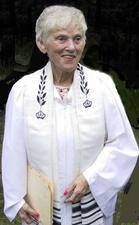
Betty Robbins
Betty Robbins is often heralded as the first female cantor – in fact, that honor goes to Julie Rosewald. However, Robbins was the first woman to be officially designated as cantor. The Board of Trustees at Temple Avodah in Oceanside, New York unanimously appointed Robbins as their cantor in 1955.
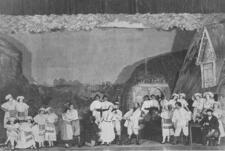
Romanian Yiddish Theater
Romania was a wellspring of the Yiddish theater, as there were Jewish theater troupes in the major Romanian cities and acting troupes traveled throughout the country performing dramas, comedies, musicals, and operettas. Women played a significant role in performing and shaping Romanian Yiddish theater and became known internationally for their work on the Yiddish stage.
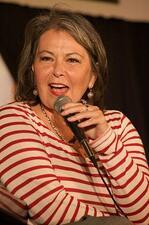
Roseanne
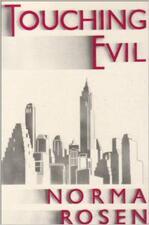
Norma Rosen
Born in Brooklyn in 1925 to secular and assimilated parents, Norma Rosen was an American-Jewish novelist, essayist, educator, editor, and professor. Rosen’s exploration of Jewish history and religion in her writings contributed to questions surrounding Jewish theology and Jewish feminism in the second half of the twentieth century.
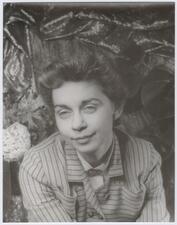
Jean Rosenthal
Jean Rosenthal was a pioneer in theater lighting design, finding new aesthetics for dance performances and theater productions. Rosenthal did the stage lighting for a number of well-known Broadway plays and musicals, such as West Side Story (1957), Becket (1960), Hello, Dolly! (1964), Hamlet (1964), Fiddler on the Roof (1964), The Odd Couple (1965), and Cabaret (1966). She is most famous for her unconventional lighting of dance and opera performances.
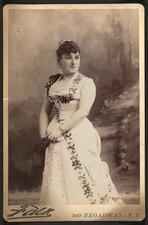
Julie Rosewald
Julie Eichberg Rosewald was America’s first woman cantor. Known as the “Cantor Soprano” at Temple Emanu-El in San Francisco, she served between 1884 and 1893. Rosewald enjoyed a brilliantly successful career in opera as well as being a composer, author, teacher, and professor of music.
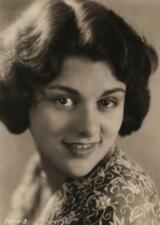
Lillian Roth
Lillian Roth, a singer-actor whose career met with early success but was eventually sidetracked by alcoholism and mental illness, wrote an autobiography that became an international bestseller. At fourteen Roth landed a part in the Shubert show Artists and Models; by seventeen, she was in Ziegfield’s Midnight Follies. She moved to Hollywood for a successful film career before her life fell apart due to mental health challenges and alcoholism.


